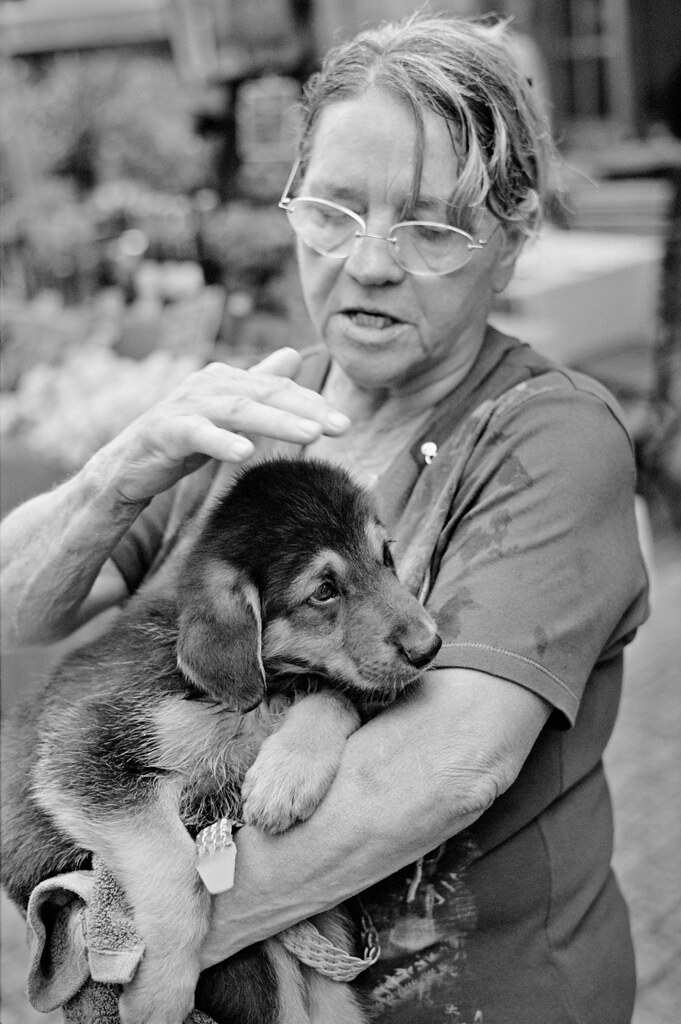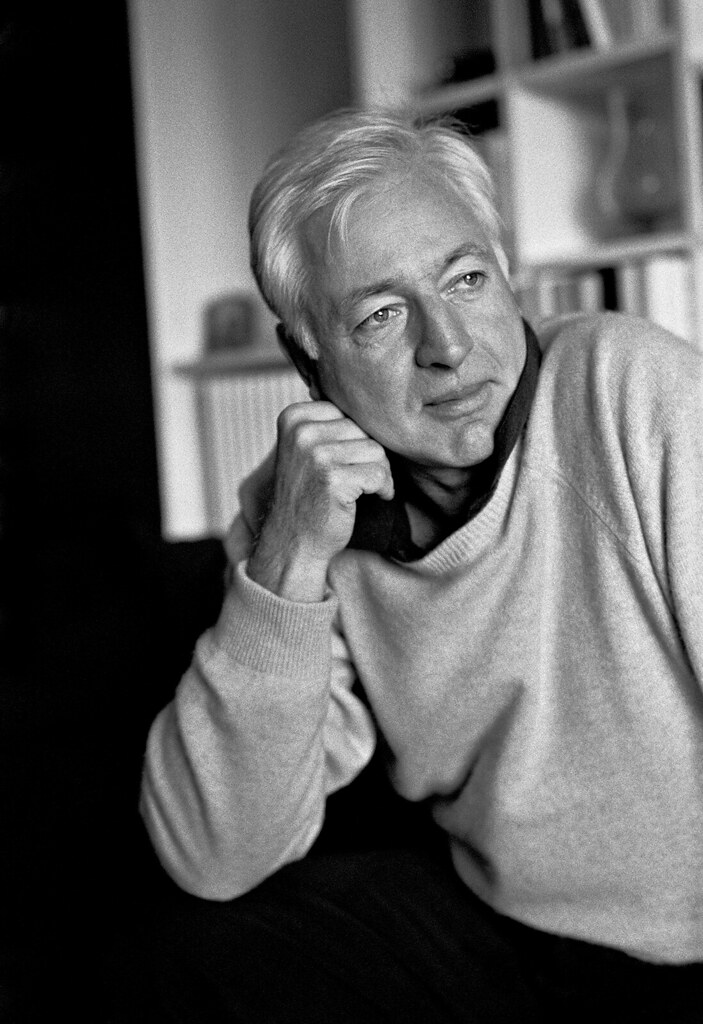If you are a portrait guy, then your best choice would be a Leica M3 or a 0.85x Leica M6/MP/M7. Given that it is normally not necessary to shoot portraits in a hurry, the M3 with a hand held meter like the tiny Digisix, would be ideal.
Then, there are some legendary portrait lenses in the M mount you should explore, that are not available for SLR cameras:
- the 50mm Canon and Nikon Sonnar clones, Canon 1.2 ( you can buy two of the best ones here:
http://www.rangefinderforum.com/photopost-classifieds/showproduct.php?product=41910)
- Leica 50mm Summarit (old 1.5 version), Summilux pre ASPH and ASPH, rigid and DR Summicron, old Summitar, Noctilux (any version) and even the Elmar M 50/2.8
But above all, there are the real Sonnars - some of the old versions in LTM, and finally, the best 50mm portraiture lens ever made: C Sonnar 50/1.5 ZM. Before you buy one, read this:
http://www.rangefinderforum.com/forums/showthread.php?t=51742&highlight=comparative+sonnars
Moreover, there are very good 75mm and 90mm lenses to consider - in 75mm the 2.5 Color Heliar is incredible value, and the Summilux is a legend, although it is VERY difficult to focus with. In the 90mm range, I would wholeheartedly recommend the silver Elmar M 90/4, which you can pick up for peanuts, and most other 85/90/105 lenses available are fantastic.
C Sonnar 50
 20090322
20090322 by
mfogiel, on Flickr









